Spotlights
Also known as 3D Animators, Digital Artists, Illustrators, Multimedia Producers, Animator; Computer-Designed Parts
Multimedia Artists and Animators draw (freehand or on a computer) images for media such as television, video games, or movies. These images appear to move – they are often animated.
Multimedia refers to the many media these artists can work in – TV, movies, or other. It can also mean these artists are able to work in hand-drawn animation, computer animation, or a combination of both.
- Creating visual art regularly, that is shared with the world.
- Working with a team to create a unified vision for a movie.
- Well compensated for a passionate field.
- Often self-employed, providing freedom and independence.
Animators and artists work indoors in a studio setting. They often are able to work a regular schedule. When deadlines approach, they may need to work nights and weekends to meet the deadlines.
During a typical day, they can expect to:
- Create graphics and animation using a computer, either directly on the computer, or by scanning in hand-drawn art.
- Create a movie, video game, or other media with a team of fellow animators.
- Create character models, research models to use for design, and create designs that fit a project’s needs.
- Get feedback from producers and directors on how to edit sequences, appearance, and other work on a project.
- Creating a storyboard – a comic-strip style script to help visualize frames of animation.
Specifics can differ dependent on an artist’s specialty or the project. For example, if the project is a scientific program, they may need to animate photo-realistic models. If it is a feature film, they may be assigned lead over animating a specific character throughout.
Some other specialties multimedia artists can focus on are:
- Backgrounds and scenery, especially in video games
- Level Design for video games
- Focus on mouth movements for narrative projects; matching the voice actors words with a character.
Soft Skills
- Written comprehension
- Critical thinking and active learning
- Visualization of spoken or written directions
Technical Skills
- Computer Aided Design such as solidThiniing or 3ds Max Design.
- Graphic and photo imaging software such as Adobe Photoshop
- Video creation and Editing software such as AfterEffects or RenderMan
- Web Development skills
- Illustration and Drawing
- Self-Employed/Contract Work
- Movie and TV Studios
- Computer Design
- Software Publishers
- Advertising and Public Relations Firms
Animation is a field that values a good portfolio and strong network. You also need to demonstrate good computer programming skills for your area.
This field does not always require a bachelor’s degree. However, you will need to work to build a strong network as well as be willing to show off your skill. This can mean working as a freelancer for non-animation art roles as you build your portfolio. It can also mean volunteering work if it adds value to your network.
Many people will try to take advantage of young artists and animators, suggesting they do work for free exposure. If you are talented and able to understand the value of your work, you will be able to turn these offers down and find more suitable employers.
This field needs a strong combination of demonstrated, great skill as well as connections and networking. You will need to be bold and willing to put your work in the world via portfolio – people may not always be kind to your work. It can take a long period of rejection as well as working other jobs before you find a suitable job.
If you are in the freelance world, this can mean being aggressive on selling your talent. You may find yourself doing just as much selling of yourself as you are creating animations.
Animation continues to focus more and more on computers. Not only the creation of character models, but in the animations of frames. Work is also being sent overseas where it can be done more cheaply. Multimedia Animators and Artists need to demonstrate they can add more value than what is made up in saving money in this way.
It has also become easier to maintain an online portfolio of static art and animation reels. It is easier for employers to find you if you are able to provide a strong portfolio presence online.
- Drawing, painting, and other artwork.
- Creating video games.
- Making and watching movies.
- Studying animation in books.
- Multimedia Artists and Animators tend to have bachelor’s degrees related to fine arts, computer graphics, animation, and sculpture
- Coursework should be rounded out with classes in interactive media, game design, painting, drawing, and computer science topics
- The National Association of Schools of Art and Design lists accredited programs that can help students stand apart from the competition
- Multimedia Artists and Animators be familiar with various software, such as Adobe Illustrator, Photoshop, Premiere Pro, After Effects, Blender, Pencil2D, OpenToonz, Animaker, Autodesk Maya, and Cinema 4D
- Common tech tools to learn include laptops, desktops, hard drives, graphics tablets, styluses, digital cameras, and high-res monitors
- Internships can offer added, practical education experiences
- Self-study and practice are also vital for learning and honing your skills to a professional level
- Practice your preferred form of physical art production, be it drawing, painting, photography, or other forms
- Learn how to use hardware and software to create digital images and effects
- Take plenty of art and computer classes and discover how the two worlds mesh and compliment each other
- Study books, magazines, and YouTube tutorials about Multimedia Artists and Animators work, then put what you’ve learned into practice. Nothing beats learning by doing!
- Look for volunteer opportunities to help gain experience and exposure
- Tackle hard projects that you can include in your portfolio. Study the work of others and try to learn how they did it. Remember to keep notes
- Experiment with your style, techniques, and tools. Be original and don’t just try to copy others
- Once you’ve mastered a skill, move on to the next. Don’t get complacent — there’s a lot to learn!
- Contact Multimedia Artists and Animators to request informational interviews. Ask how they got started and what recommendations they can offer
- Hone your skills while getting paid via freelance sites Upwork. Consider freelancing for digital marketing agencies
- Try to complete an internships to gain real-work work experience and future references
- Pay attention to where the work will be. In general, “Special Effects Artists and Animators” careers should increase 16% in the coming decade, with high demand for “animation and visual effects in video games, movies, and television” as well as “computer graphics for mobile devices”
- The two most important items will be your connections and your portfolio. Your portfolio does not need to be large – it needs to demonstrate your very best work. This can be a short animation showcasing several skills you may have.
- A strong network can be built during college, or online. Take the time to connect not only with other artists, but with local businesses who may need your services. This will help you build your portfolio as well as provide strong references for later in your career. Accept feedback and criticism graciously and use it to improve your work.
- Internships are a great way to get your foot in the door and make your resume pop!
- Use popular job portals such as Indeed to look for Multimedia Artist and Animator openings, and remember to screen job ads for listed requirements before applying
- If you keep running into job ads that you’re not qualified for, boost your credentials then try again
- Let your network know you’re looking for work and share your academic and work histories, along with a link to your online portfolio
- Ask your school’s career resource center for help with your resume and job hunting. Many schools have strong ties with local businesses and serve as pipelines for companies that recruit graduates often
- For example, the University of Central Florida is close to Walt Disney World, Universal Studios, and SeaWorld, so students have nearby internship and work opportunities
- Talk to your professors, supervisors, and colleagues to ask if they’re willing to serve as references
- Consider making a YouTube channel to gain followers and get your work viewed by potentially millions
- Keep your social media clean and professional. These days, hiring managers and recruiters check out online behavior to get a sense of what applicants are really like.
- Read MegaInterview’s Multimedia Artist and Animator Interview Questions & Answers
- Even if your day-to-day job might only require casual work clothes, make sure to dress for success during job interviews
- You can also use social media sites like YouTube or TikTok to showcase your talent on an ongoing basis. This can help build a personal following, but may not lead to work. Be mindful and thoughtful about using this tool.
With experience, you will be able to move into other positions such as an Art Director, or a Producer or Director of your own project. Producers and studio leads will look for strong teamwork and time-management skills. You may move into a supervisory capacity, which can lead to more leadership.
You will also need to look for opportunities and offer your own perspective on projects. Be confident and offer suggestions. If you respect the integrity of a project, they will often be examined and taken to heart. In the art field, you will need to sell yourself. Waiting to be noticed is not always a good plan.
Websites
- Academy of Motion Picture Arts and Sciences
- ACM SIGGRAPH
- AIGA
- American Film Institute
- Comic Art Professional Society
- Game Career Guide
- National Cartoonists Society
- National Association of Schools of Art And Design
- Association of Computing Machinery's Special Interest Group on Computer Graphics and Interactive Techniques
- Publications
- Animation Magazine
- Cinefex
- 3D World Magazine
Books
- Multimedia Foundations: Core Concepts for Digital Design, by Vic Costello
- Your Career in Animation (2nd Edition): How to Survive and Thrive, by David B. Levy
- Draw Great Characters and Creatures: 75 Art Exercises for Comics and Animation, by Beverly Johnson
- Cartooning: Animation 1 with Preston Blair: Learn to animate step by step (How to Draw & Paint), by Preston Blair
Take Action Now:
- Khan Academy - Pixar in a Box – Learn to animate right away with this 45-60 minute lesson.
- Behance - Online Portfolio Site – Create a site for an online portfolio today, featuring your best static art. You can also use standard website sites such as Squarespace or Wix.
- 2D Animation 101 – Paid online classes teaching you animation techniques.
- Upwork – Create a freelance profile and find work to add to your portfolio!
Art Director
Graphic Design Artist
Film/Video Editors
An artist or animator can look for salaried positions using their skills.
Becoming an artist and animator is a challenge. It will be rare to find the position “animator” on your local job board. You will likely need to travel to an area with this industry, or be savvy enough to find distance work from home.
Be willing to take advice and criticism, but do not let it discourage you. If you have the skills and are able to sell yourself well, you can find work in this field. Keep practicing your skills even after finding work. Be brave enough to submit your portfolio to animation houses – check if they accept unsolicited portfolios.
Being a multimedia artist and animator is a true passion project. Treat it seriously and take risks. If you are able to demonstrate your talent and build a strong network, you can be successful.
Newsfeed

Featured Jobs

Online Courses and Tools







